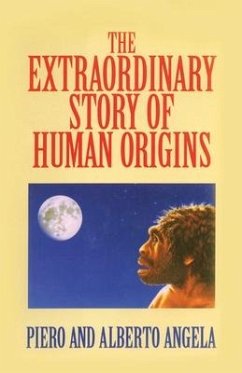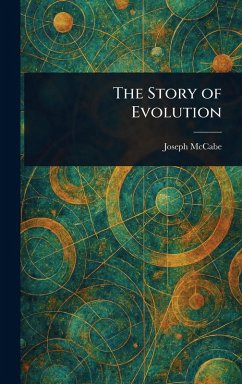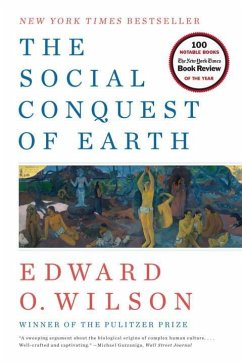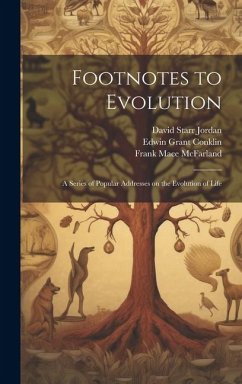
Extraordinary Story of Life on Earth
Versandkostenfrei!
Versandfertig in über 4 Wochen
39,99 €
inkl. MwSt.

PAYBACK Punkte
20 °P sammeln!
Written in the form of an explorer's log, The Extraordinary Story of Life on Earth condenses four billion years into a single year, making it easier to assess the relative distances between major events and the duration of each evolutionary era: January 1st marks the date on which life first appeared on Earth; more complex cells with a nucleus emerge in the second half of August; dinosaurs appear in early December; and Homo sapiens debut in the last minutes of the last day of the year! Based on the work or researchers in the fields of biochemistry, paleontology, astrophysics, cell biology, zoology, and genetics, this extraordinary story is grounded on the many fossil remains which provide firsthand evidence of the creatures that roamed the earth during prehistoric times.
Written in log book format, The Extraordinary Story of Life on Earth condenses four billion years of the earth's history into a single calendar year. January 1st, then, marks the date for the beginning of life on Earth; however, until the middle of August the only living forms are unicellular organisms similar to present-day bacteria. Life begins to emerge from the oceans only at the end of November. Dinosaurs appear in early December. Homo sapiens sapiens does not come along until the last minutes of December 31st, and writing is developed only in the final seconds. The reconstruction of this story is based on the work of researchers in the field of biochemistry, paleontology, astrophysics, cell biology, zoology, and genetics. It is based also on the many fossil remains of creatures that lived during prehistoric times, as well as on observation of life forms on Earth today that have remained similar to their ancient ancestors. The emergence of life on Earth is not a simple story, and cannot always be simply told. But the authors' easy-to-follow narrative style, combined with an abundance of illustrations, brings this extraordinary story into perspective for us all.












